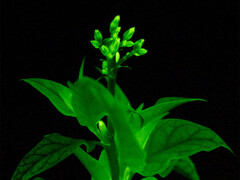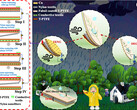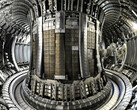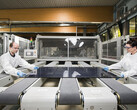If you are lucky enough to live near dense hedgerows and wild flowering meadows, you may be familiar with the spectacle on warm early summer nights. Tiny glowing dots buzz through the air, disappear again and reappear.
Fireflies are fascinating, even to scientists. And now probably also a few business economists, because houseplants upgraded with genes from fungi can now be pre-ordered. Like fireflies and almost 70 types of fungi, petunias now also have bioluminescence.
For 29 dollars a piece, excluding tax and postage, delivery can be expected by spring. What the company "Bio Light" announced as a breakthrough almost 4 years ago https://www.nature.com/articles/s41587-020-0500-9 has thus arrived in the reality of our own home.
However, this only applies to the US market. Within the EU in particular, it is likely to be almost impossible to purchase the so-called firefly petunias.
Safety as a cultural issue
This raises the legitimate question of whether there are any risks associated with genetic modification. On this subject, "Nature" has collected some opinions that rule out serious concerns. Reference is also made to a purple tomato from last year.
However, the period of one year seems a little short to be able to observe any effects on the environment. After all, Bio Light states that the petunia was chosen because it is not native to the USA and can hardly overwinter outdoors.
A look at the handling of genetically modified plants within the EU shows a contrasting picture: only 71 plant lines are allowed to be imported into the internal market at all, mostly as animal feed. Only one of these lines is approved for cultivation.
The reason for this is the lack of environmental risk assessments for the other plants. People want to know about the risks beforehand and demand costly studies and approval procedures.
Or a product, i.e. the Firefly petunia, is brought onto the market. If problems do occur in the end, liability can be assumed with the profits made.
Whether it is really advisable to simply weigh up economic interests and safety concerns against each other financially is at least debatable.














